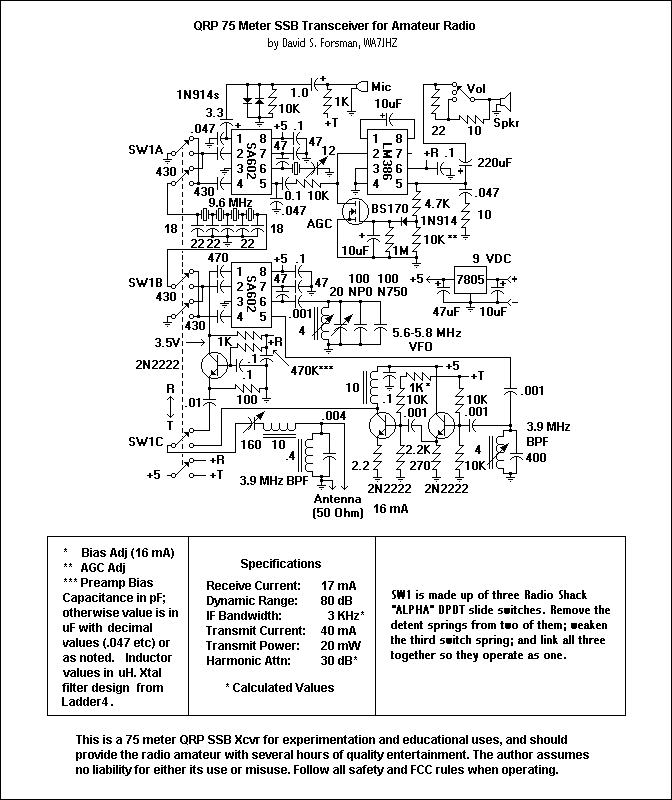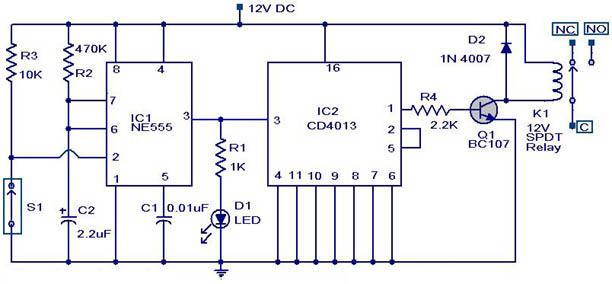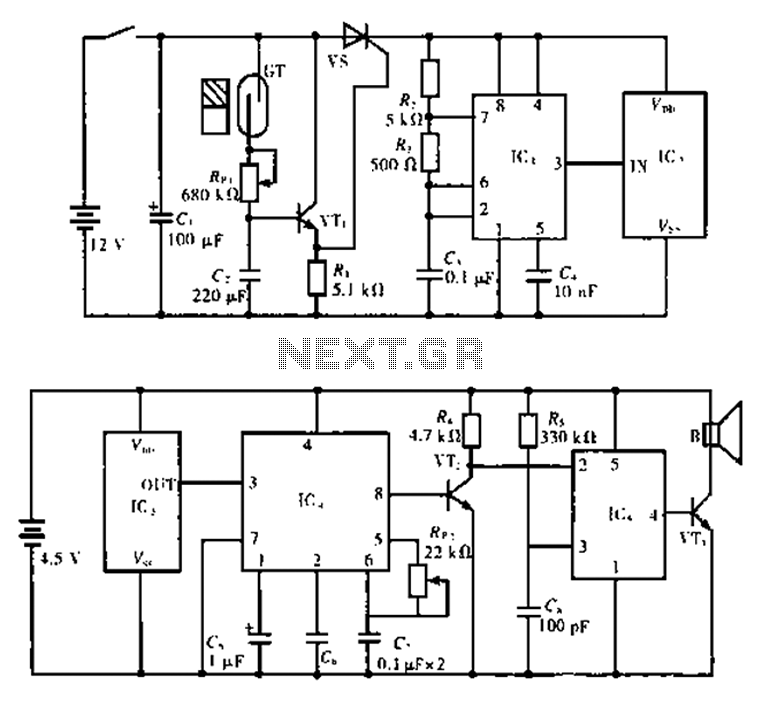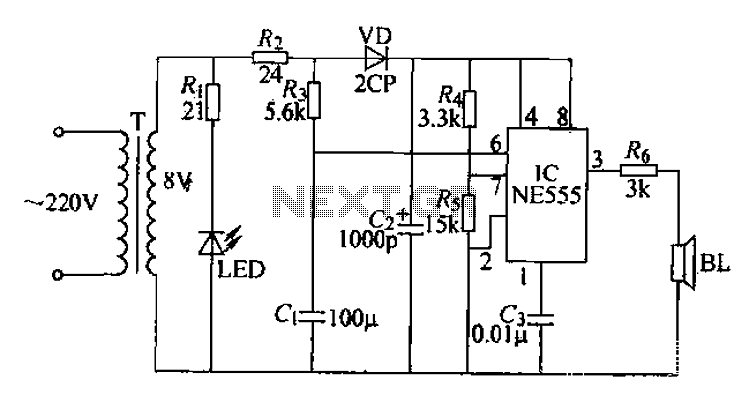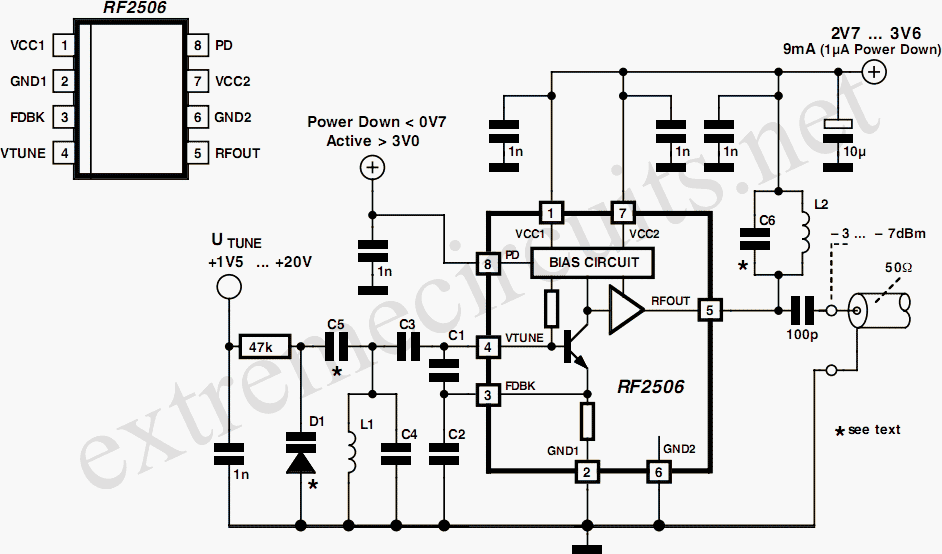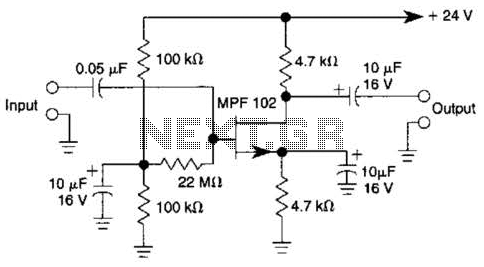
Simple pH Meter Circuit A Low Cost Adapter for Your Digital Voltmeter
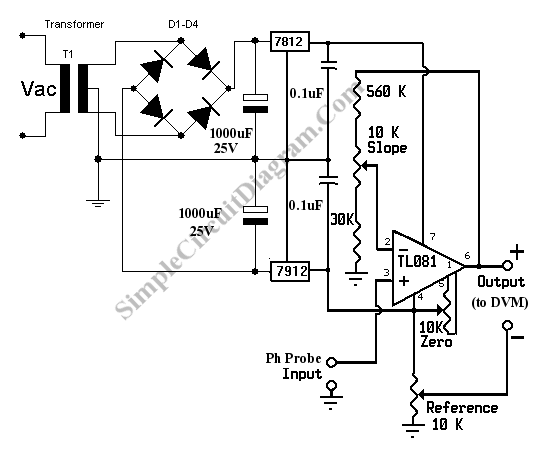
A pH meter is a precise voltmeter that measures the generated voltage of pH electrodes. The demand for such a meter is significant.
A pH meter operates by utilizing a combination of a glass electrode and a reference electrode. The glass electrode is sensitive to hydrogen ion concentration, and when immersed in a solution, it generates a voltage that correlates to the pH level of that solution. The reference electrode provides a stable reference voltage against which the voltage from the glass electrode can be compared.
The core components of a pH meter include the pH probe, which houses the glass and reference electrodes, a meter circuit for signal processing, and a display unit for presenting the pH value. The glass electrode typically contains a thin membrane that allows hydrogen ions to pass through, creating a potential difference that is measured in millivolts. This potential difference is then converted into pH units using the Nernst equation, which relates the voltage to pH based on the characteristics of the electrodes.
Calibration of the pH meter is crucial for accuracy and is typically performed using standard buffer solutions with known pH values. This process ensures that the meter provides reliable readings across the pH scale, which ranges from 0 to 14, where 7 is considered neutral.
In addition to its basic functionality, modern pH meters may include features such as temperature compensation, data logging, and connectivity options for integration with computers or other devices. These enhancements allow for more precise measurements and ease of use in various applications, including laboratory research, environmental monitoring, and industrial processes. The requirement for accurate and reliable pH measurements underscores the importance of the pH meter in scientific and practical applications.What is A pH Meter? A pH meter is actually a precise voltmeter that measures the generated voltage of a pH electrodes. The requirement of such meter is high.. 🔗 External reference
A pH meter operates by utilizing a combination of a glass electrode and a reference electrode. The glass electrode is sensitive to hydrogen ion concentration, and when immersed in a solution, it generates a voltage that correlates to the pH level of that solution. The reference electrode provides a stable reference voltage against which the voltage from the glass electrode can be compared.
The core components of a pH meter include the pH probe, which houses the glass and reference electrodes, a meter circuit for signal processing, and a display unit for presenting the pH value. The glass electrode typically contains a thin membrane that allows hydrogen ions to pass through, creating a potential difference that is measured in millivolts. This potential difference is then converted into pH units using the Nernst equation, which relates the voltage to pH based on the characteristics of the electrodes.
Calibration of the pH meter is crucial for accuracy and is typically performed using standard buffer solutions with known pH values. This process ensures that the meter provides reliable readings across the pH scale, which ranges from 0 to 14, where 7 is considered neutral.
In addition to its basic functionality, modern pH meters may include features such as temperature compensation, data logging, and connectivity options for integration with computers or other devices. These enhancements allow for more precise measurements and ease of use in various applications, including laboratory research, environmental monitoring, and industrial processes. The requirement for accurate and reliable pH measurements underscores the importance of the pH meter in scientific and practical applications.What is A pH Meter? A pH meter is actually a precise voltmeter that measures the generated voltage of a pH electrodes. The requirement of such meter is high.. 🔗 External reference
Warning: include(partials/cookie-banner.php): Failed to open stream: Permission denied in /var/www/html/nextgr/view-circuit.php on line 713
Warning: include(): Failed opening 'partials/cookie-banner.php' for inclusion (include_path='.:/usr/share/php') in /var/www/html/nextgr/view-circuit.php on line 713
